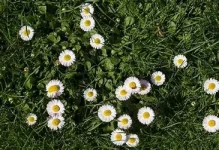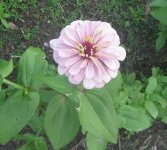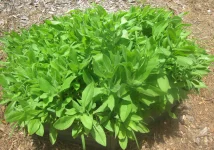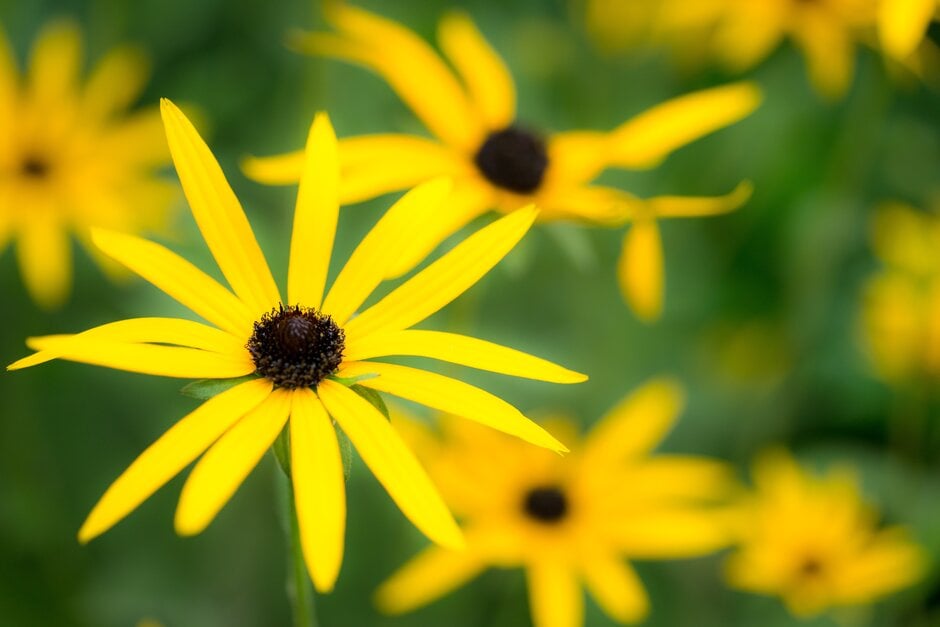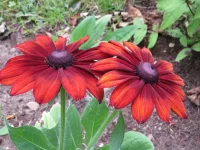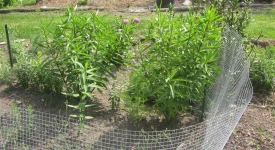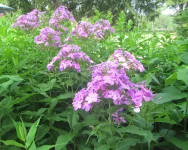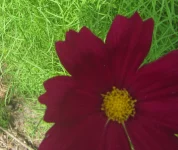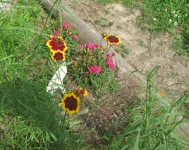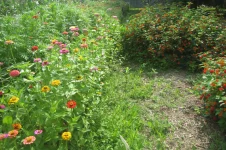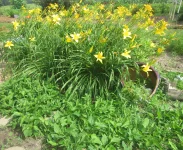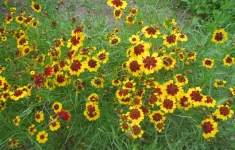Meadowlark
Well-known member
- Location
- East Texas
- Hardiness zone
- 9a
A budding interest in butterflies and a growing concern about ensuring abundant pollinators for the veggie garden, led to starting the subject garden last fall and expanding it considerably this spring. The garden consists of three parts A, B, and C with Part A located in proximity to the veggie garden, Part B, a bed off the patio, and Part C, a garden specifically for encouraging butterflies.
In this thread, it's my intent to document the progress of this garden going forward.
At this point, I’m basically trying to find what works and doesn’t work in my climate. Hence, there are many varieties under evaluation, and these will be listed out in turn.
Part A: Veggie Garden Partner
Inventory:
Black-eyed Susan, coreopsis, garden phlox, lantana, marigold blue eyes, marigold happy days, marigold nema gone, marigold African crackerjack, sunflower Mexican, sunflower mammoth, sunflower teddy bear, zinnia cut and come again, zinnia elegans, zinnia luminosa, zinnia state fair.
The marigolds and zinnias are planted in proximity to the veggie garden in alternating rows of different varieties of marigolds and zinnias. They are just about ready to explode in blooms.
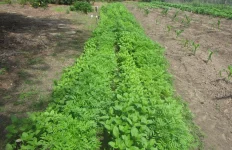
The black eyed susans are grouped into one container in which the seeds were direct sowed earlier this spring
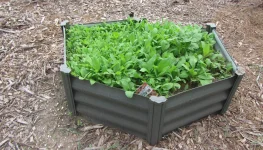
The lantana and other perennials like garden phlox are scatted about the area and just now coming on strong.
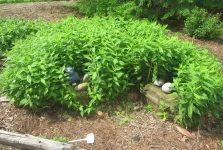
Part B: Patio
This section is located off the patio.
Inventory: amaryllis, campanula orchid flower, celosia, cone flowers, daylilies, Ixia, French Marigolds, stingless nettle, and assorted mixed native flowers.
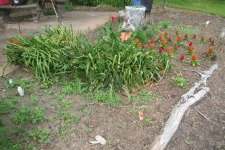
Part C: Butterflies
This part is dedicated specifically to attracting and assisting butterflies.
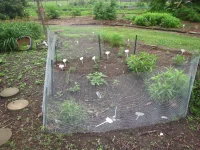
In this thread, it's my intent to document the progress of this garden going forward.
At this point, I’m basically trying to find what works and doesn’t work in my climate. Hence, there are many varieties under evaluation, and these will be listed out in turn.
Part A: Veggie Garden Partner
Inventory:
Black-eyed Susan, coreopsis, garden phlox, lantana, marigold blue eyes, marigold happy days, marigold nema gone, marigold African crackerjack, sunflower Mexican, sunflower mammoth, sunflower teddy bear, zinnia cut and come again, zinnia elegans, zinnia luminosa, zinnia state fair.
The marigolds and zinnias are planted in proximity to the veggie garden in alternating rows of different varieties of marigolds and zinnias. They are just about ready to explode in blooms.

The black eyed susans are grouped into one container in which the seeds were direct sowed earlier this spring

The lantana and other perennials like garden phlox are scatted about the area and just now coming on strong.

Part B: Patio
This section is located off the patio.
Inventory: amaryllis, campanula orchid flower, celosia, cone flowers, daylilies, Ixia, French Marigolds, stingless nettle, and assorted mixed native flowers.

Part C: Butterflies
This part is dedicated specifically to attracting and assisting butterflies.
Inventory: amaranth, bee balm, butterfly bush, calendula, coreopsis, cosmos, dahlia, dianthus, English Daisy, English lavender, gomphrena, Joe Pye Weed, milkweed swamp, milkweed sandhill


